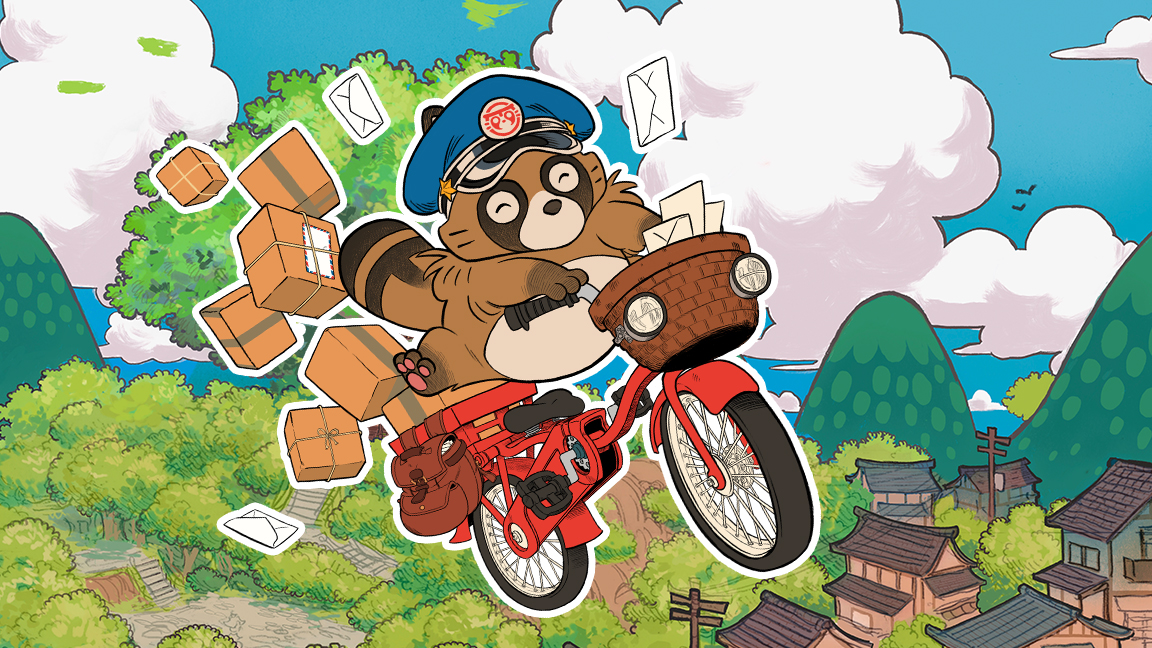Web 2.0: don't believe the hype
Is Web 2.0 an over-hyped concept, or an innovation that will revolutionise how designers use the internet? Jason Arber has the answer.
The name Web 2.0 may suggest something fantastic and different, but I can think of a couple of other concepts that have had a much bigger impact on the web.
Take client-side scripting, such as JavaScript (or ECMAScript, to be pedantic). For all its cross-browser nightmares and hacks, JavaScript expanded the capabilities of the internet. But no-one suggested calling the web Version 2.0 when Netscape first rolled the capability into its browser.
When Macromedia (now Adobe) Flash took the web by storm, no-one said, "Hey, we're through with this Version 1.0 web now we have animated vectors!" So is this latest wave of development really worthy of the name Web 2.0? I don't think so.
Is this the future?
Proponents gush about web-based apps, better organised content with improved categorisation (read Tags) and the use of new technologies such as Ajax and Ruby on Rails in various combinations. Ajax is an acronym for Asynchronous JavaScript and XML, and describes technologies working together to shift some of the processing of web applications and forms from web servers to the user's computer. Ruby on Rails, on the other hand, is a server-side framework aimed at increasing the server's efficiency by developing applications with less code.
Many of these features have been mooted for years, so if anything this movement is more evolutionary than revolutionary. Let's examine some of the sites that are considered as Web 2.0 to draw some conclusions. Take a gander at Google Maps, Flickr, del.icio.us, and digg. Aside from being robustly built using the latest thinking in XHTML and CSS, the sites are cleanly designed with the emphasis on function rather than form.
Perhaps most important is that they all offer open APIs (application programming interfaces), which is just a way of saying that the website data is easy to share. This has resulted in the rise of mash-ups, or sites that combine information from different sources.
Some of the technology and imagination used is extraordinary, but still falls short of the seismic shift that a Web 2.0 label implies. Put simply, it's hype, it's a buzzword that can be bandied about, but Web 2.0 is no more the next stage of the web than spinning globes or changing the colour of hyperlinks were.
Get the Creative Bloq Newsletter
Daily design news, reviews, how-tos and more, as picked by the editors.
But don't dismiss Web 2.0. After all, it sent a ripple of excitement through the web community at a time when the internet was becoming accepted as almost ordinary. Now it's a place teeming with ideas again. RSS feeds, podcasts, Wikis, the net is crawling with creative notions bootstrapping off each other and into the wider world. That's why people want Web 2.0 websites, because they want a slice of the innovation, they want to bask in the warm glow of technological advancement. It's good for web developers, it's good for web designers, and it's good for the web in general.
Web 2.0 is like an in-joke that only the few with an understanding of the technology get. It's a useful tool for the internet crusaders stomping the boredom and bad design out of the internet, and for lazy editors who can't be bothered to sort the technological wheat from the over-hyped chaff. The only danger comes when those who should be laughing behind their hands start believing the hype, too.

Thank you for reading 5 articles this month* Join now for unlimited access
Enjoy your first month for just £1 / $1 / €1
*Read 5 free articles per month without a subscription

Join now for unlimited access
Try first month for just £1 / $1 / €1
The Creative Bloq team is made up of a group of design fans, and has changed and evolved since Creative Bloq began back in 2012. The current website team consists of eight full-time members of staff: Editor Georgia Coggan, Deputy Editor Rosie Hilder, Ecommerce Editor Beren Neale, Senior News Editor Daniel Piper, Editor, Digital Art and 3D Ian Dean, Tech Reviews Editor Erlingur Einarsson, Ecommerce Writer Beth Nicholls and Staff Writer Natalie Fear, as well as a roster of freelancers from around the world. The ImagineFX magazine team also pitch in, ensuring that content from leading digital art publication ImagineFX is represented on Creative Bloq.
